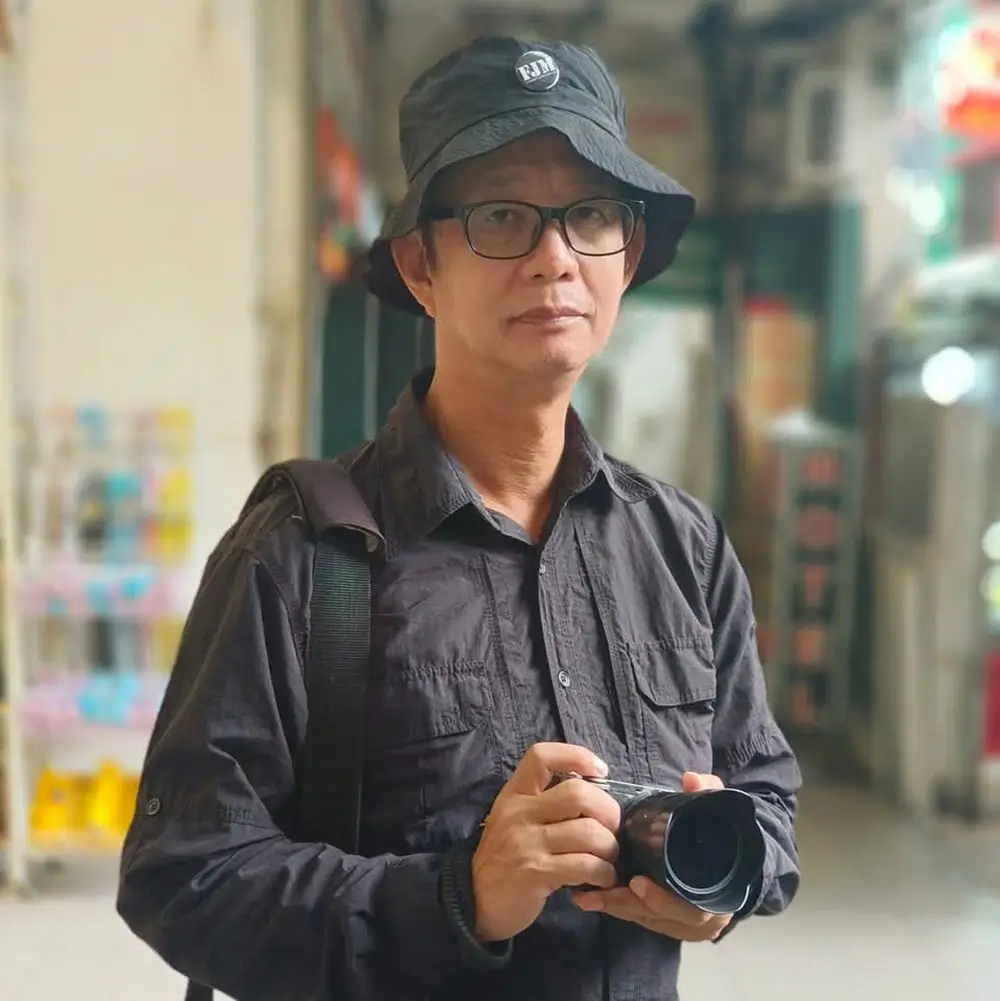Joseph Cheung is a street photographer based in Kuala Lumpur, Malaysia. A retired professional with a background in engineering and project management. Joseph also holds a Diploma in Photography, which reflects his deep passion for the art. He is an active member of FJM Street Photography Malaysia and ASFON KL, contributing significantly to the local photography community. His works have been showcased in numerous local and international exhibitions, thanks to his participation in various photography contests. His photography has also been published in various magazines. Previously, Joseph worked as a stringer for a local newspaper, where he shared valuable photography knowledge and tips, further solidifying his expertise in the field.
Statement :
My journey into street photography began as a search for meaning in the seemingly chaotic rhythm of urban life. Every street corner, every fleeting moment, holds a story waiting to be uncovered. I’m drawn to the interplay of light, shadow, and human emotion, seeking patterns in the unpredictability. It's a practice in patience, observation, and embracing imperfection, where the unexpected often becomes the most beautiful. The streets are my canvas, and every frame is a fragment of a larger narrative. I’m still learning to find order within the chaos, but it’s this journey of discovery that fuels my passion.
